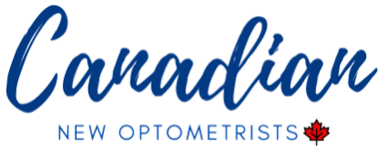2. Per Diem (“Salary”)
Pros: This method is best for those who prefer a steady paycheck as it offers financial stability and security. You are guaranteed a fixed income for a designated pay period independent of how slow or busy a practice is for that month. Financial planning tends to be easier as your income is predictable. In addition, when attempting to qualify for a mortgage on a home, steady and predictable sources of income are also qualities that lenders look for.
Cons: The downside is that earning potential is often stagnant (unless you plan ahead and negotiate future raises in your contract) which could lead to complacency in your career. Without incentives, certain individuals may not be inclined to grow the practice or be motivated to further their professional development. The sense of “ownership” is reduced and can discourage the continuity of care in patients.
Patient centred matter: there is no pressure to see large volumes of patients which will provide you with more time to spend on delivering quality patient care.
The Flipside: Since pay is fixed, you may not be motivated to see more patients in your schedule, which could result in delayed access to eye care, especially in rural communities.
- some practices may overbook your schedule (to maximize the profitability for the same pay) resulting in rushed examinations and decreased quality of patient care.
Most Common Types of Practices: OD-OMD practices, LASIK Centre, Side-By-Side Opticals
3.Mixed Compensation (Based Salary + Percentage)
The hybrid form of compensation offers an individual the best of both worlds. It creates some financial stability with a base salary and provides a small incentive for production related income. There are many variations of this model, but typically there are 2 forms:
High salary + small production percentage vs. Low salary + high production percentage.
In both cases, this model helps recognize that extra effort in combination with hard work pays off and supports doctors to avoid complacency within the practice. The mixed structure has a moderate risk profile and earning potentials could be even less than a salary-only doctor depending on the type of practice you work in. Patient centered matters are a blend of those mentioned in both salary-only and percentage based compensation structures.
What about Benefits?
Benefits are not commonly part of optometrist compensation. However, contracts with built-in benefits may result in lower salaries or production percentages. Some types of benefits include:
- Personal Health Benefits (Insurance)
- Optical Benefits (Eye Exams, Free Glasses, Contact Lenses to doctor)
- Year End Bonuses
- Future buy-in to a practice
- CE Allowance
- Licensing/Association fees paid for
- Relocation stipend
- Contributions to student loan repayment or retirement funds
Benefits are more likely to be offered in rural practices looking to attract associates. They are not commonly offered in urban areas.
SUMMARY
Undoubtedly, fair compensation is on everyone’s minds. Monetary compensation is always a factor but it should never be the sole determinant of an offer. As you engage in optometric practice, it is important not to neglect our ultimate reason for choosing Optometry: We just want to help people!
Awareness of different Canadian compensation models will support you in making well informed decisions about your future and understand the possible effects it may have on patient care.









